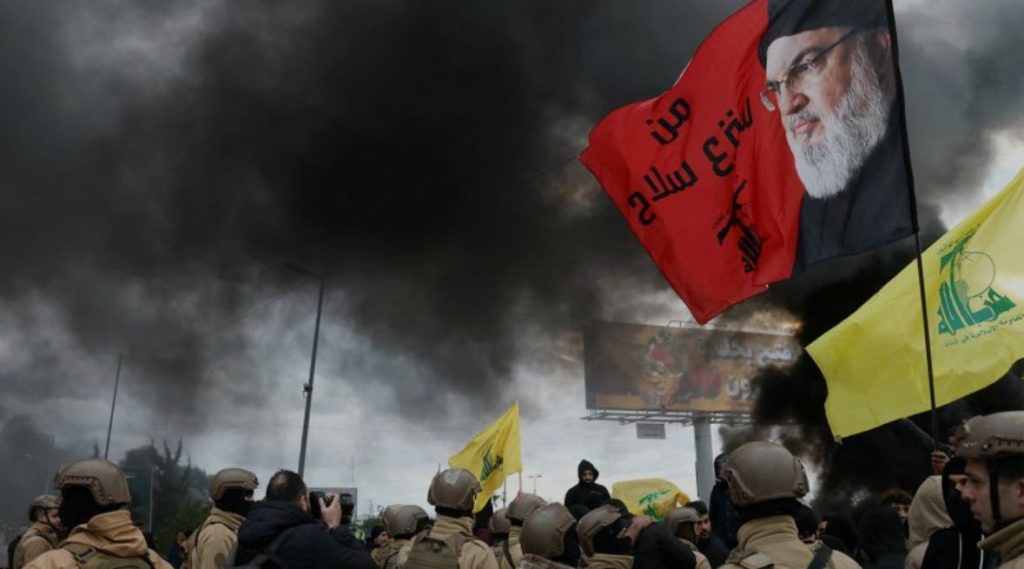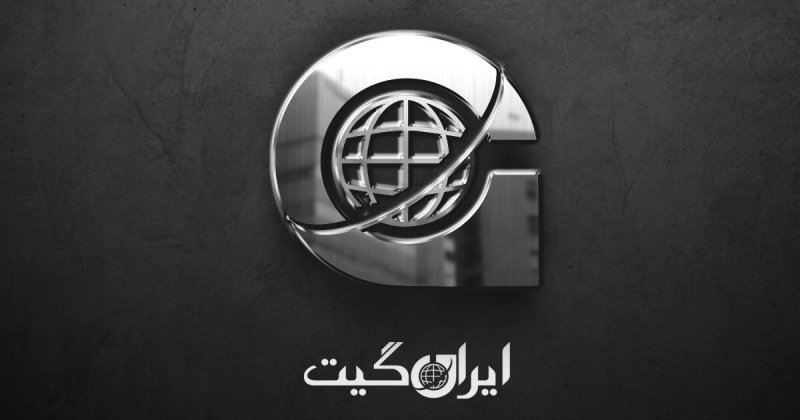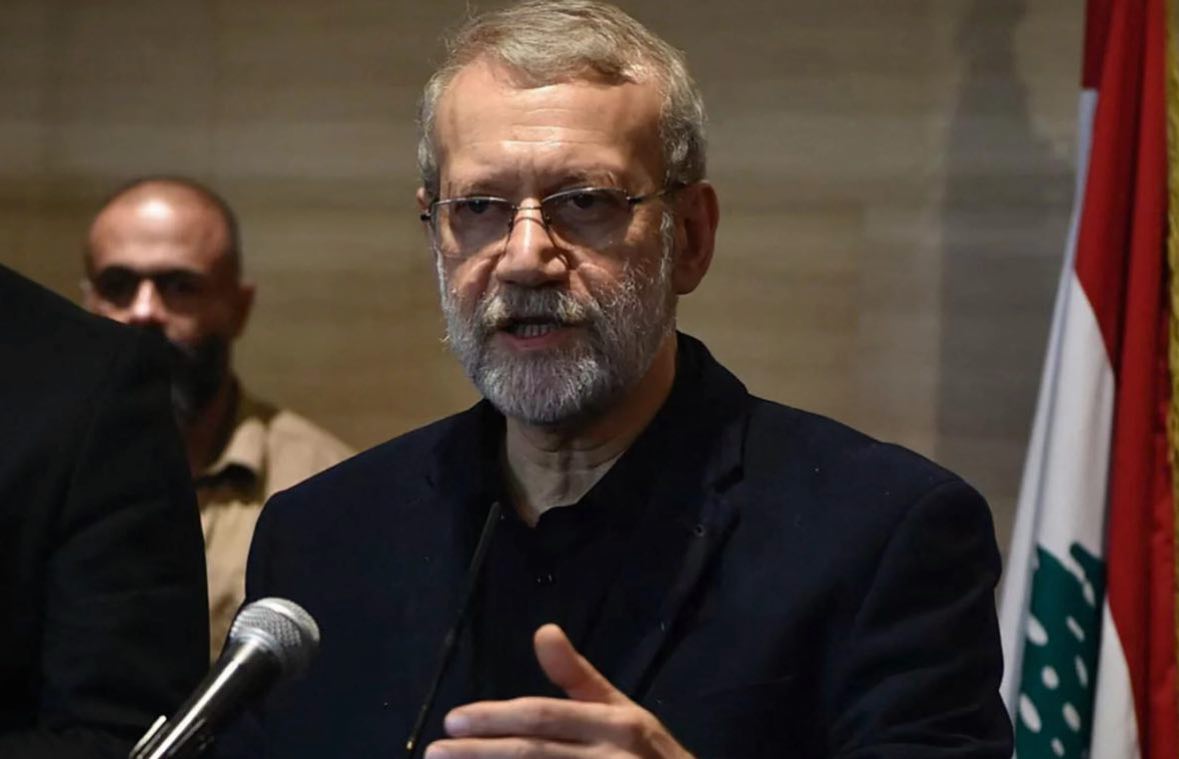Return of Shadow Diplomacy: Is Larijani the Successor to Soleimani in the Region?
Return of Shadow Diplomacy: Is Larijani the Successor to Soleimani in the Region?
Amid geopolitical transformations in the Middle East and as power equations in the region are being redefined, Iran’s security politics has entered a new phase.
IranGate News Agency, with an analytical approach and focus on the hidden layers of decision-making in and around Iran, strives to present a realistic picture of regional dynamics. In this context, Saeed Aghanji, the editor-in-chief of IranGate News Agency, takes a detailed look at Ali Larijani’s first foreign trip as the Secretary of the Supreme National Security Council. A trip that, beyond official diplomacy, carries clear and hidden messages for key Middle Eastern players.
Return of the Veteran with a New Message: Ali Larijani in Iraq and Lebanon
Political Analysis of the Strategic Trip by Iran’s New Secretary of the Supreme National Security Council
In his first foreign mission as the Secretary of the Supreme National Security Council of Iran, Ali Larijani traveled to Baghdad and Beirut. This move not only signifies his return to the heart of regional equations but also carries a clear message of Iran’s new foreign policy in the post-2024 transformations era: Tehran is not willing to retreat from its security and strategic positions in the region but is ready for dialogue and redefining regional interactions.
A Trip in Times of Doubt and Tension
This trip took place at a time when the Middle East is experiencing extraordinary conditions. The great Gaza war, increased U.S. pressure on the resistance axis, and new efforts to disarm Hezbollah in Lebanon have created a situation where any diplomatic trip in the region is more a direct stance than symbolic.
In such a tense environment, the selection of Ali Larijani—one of the most experienced players of the Islamic Republic in security diplomacy—as Iran’s senior security envoy signifies Tehran’s return to active and multi-layered politics. He is someone not only familiar with the power structure in the region but also well-versed in the language of negotiation and soft confrontation.
Baghdad: Deepening Security Cooperation Amid Delicate Balance
In Iraq, Larijani met with Qasim al-Araji, the National Security Advisor, and Prime Minister Mohammed Shia’ al-Sudani. In these meetings, emphasis was placed on security cooperation, border control, combating terrorism, and signing new security agreements.
Iraq, as a country navigating between the three poles of Tehran, Washington, and Riyadh, continues to be considered a strategic partner for Iran.
During this trip, Larijani aimed not only to stabilize Iran’s security presence but also to reactivate Baghdad as an economic and geopolitical connection point for Tehran’s regional projects.
Beirut: Unwavering Support for the Axis of Resistance

However, the second destination held greater significance in terms of regional messages: Lebanon.
Larijani’s trip coincided with increased internal and external pressures on Hezbollah in Lebanon, including the controversial proposal to disarm this group, supported by Washington. With this trip, Iran effectively issued a response to this trend.
In meetings with senior Lebanese officials, Larijani conveyed a message that not only reflected the policy of the Islamic Republic but was also perceived as a guarantee for continued support of the resistance. Iran supports the decisions of the Lebanese government, but the arms of the resistance are a red line for our regional security.
The Islamic Republic regards Hezbollah not only as a Shiite ally but as one of the pillars of deterrence against Israel. Iran understands that weakening Hezbollah could lead to the weakening of the entire resistance axis and disrupt the deterrence equation in southern Lebanon.
Redrawing Iran’s Regional Position
Larijani’s trip should be seen as part of a larger effort to redefine Iran’s position in the evolving Middle Eastern order, an order influenced by the Gaza wars, the rapprochement of Arab countries with Israel, developments in Saudi Arabia and Turkey, and the active return of the U.S. to the region.
In this new order, Iran seeks to convey several key messages: Tehran has maintained its regional allies and has no intention of exiting the equations. International pressures will not affect Iran’s support for resistance groups. The foreign policy of the Islamic Republic during Larijani’s tenure could rely on dialogue, crisis management, and control rather than extremism.
Final Summary: Tehran in the Field, Not on the Sidelines
In this trip, Ali Larijani demonstrated that Iran remains at the center of regional developments, not on the sidelines. Despite internal challenges and international pressures, the Islamic Republic remains loyal to the axis of resistance and seeks to redefine its geography of influence through security diplomacy.
But this time, a figure has entered the arena who knows the art of playing on the fine line between interests and threats. Larijani’s politics are not based on loudspeakers but on negotiation, soft warnings, and guaranteeing presence.
If this trend continues, it might be possible to talk about the emergence of a new phase in Iran’s security policy—a phase where diplomacy and resistance move forward together.

